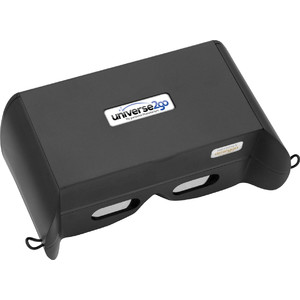Universe2go personal planetarium
What if we could orient ourselves in the night sky, even with no prior knowledge of astronomy? A practical test of Universe2go.
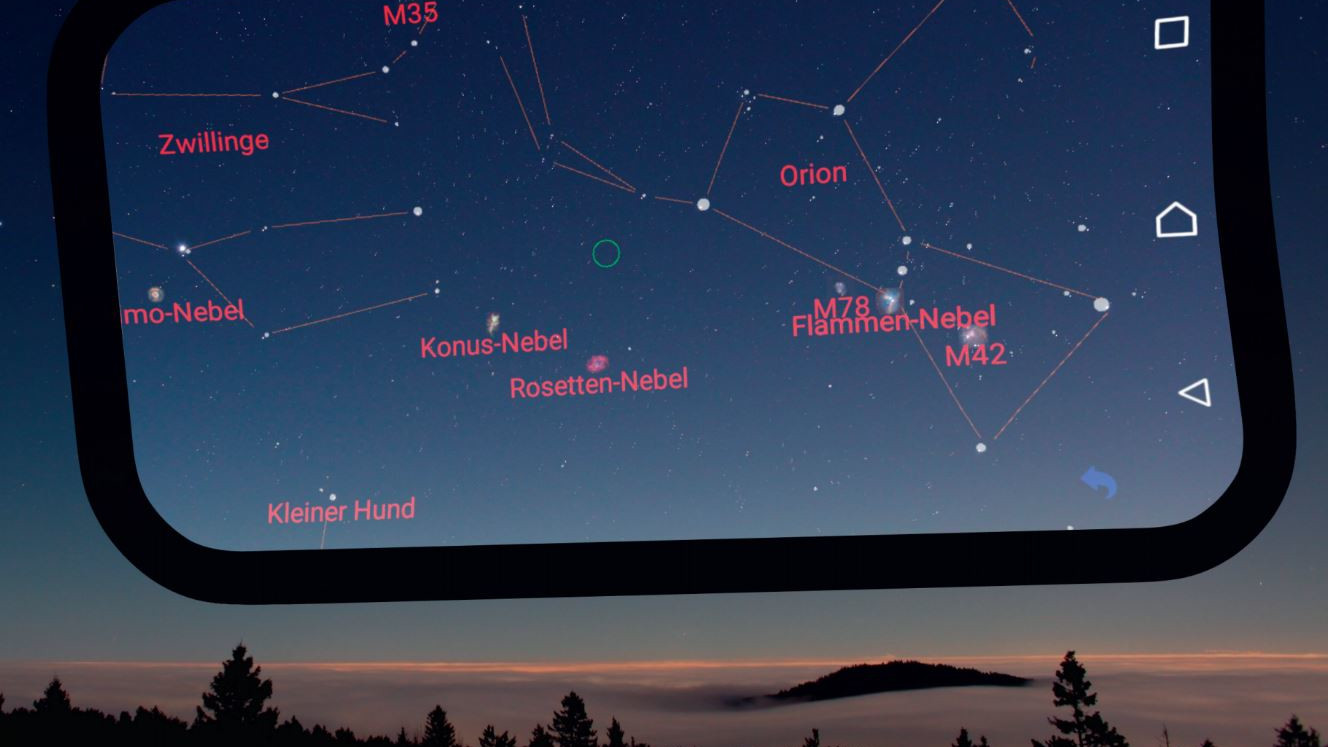 Test from Interstellarum 100, December/January 2016, author: Stefan Fiebiger
Test from Interstellarum 100, December/January 2016, author: Stefan FiebigerDas Universe2go im Test
The discovery of the universe has always been the dream of mankind. For this reason, every glance at the night sky fascinates us. We are always looking for distant galaxies, stars and planets; destinations that capture our imagination. But what is really behind the objects that we see on a starlit night? Which constellations do these stars belong to? The answers to such questions are usually reserved to those who are deeply involved in the universe and its observation. But what if anyone taking a look at the sky also had the opportunity to immediately identify what he sees there?
A technology that could help is augmented reality. AR’s aim is to directly provide the user with important information when looking at a house, a face or indeed the night sky. In practical terms, this is usually achieved by digitally superimposing information onto wearable lenses that, from their appearance at least, resemble spectacles. Prominent examples include Google Glass and Microsoft's HoloLens. These devices are designed to help the user streamline work routines by directly retrieving information and displaying it in their field of view, usually leaving the hands free for other tasks.
In addition, the technology has found social networking applications, so that a counterpart’s information can be viewed directly from websites such as Facebook. Universe2go uses this same principle to make it easier for the user to identify stellar objects and at the same time it provides useful information – while the user is actually looking at the sky.
To do so, it uses an existing smartphone to display the relevant information. This brand new technology should allow even a novice to get to know the night sky. It completely eliminates the usually problematic question of the identification of stars and planets, required to orient oneself in the night sky. In theory it opens up the entire night sky, even to a complete beginner, without any outside help.
Test set-up
The Universe2go was tested in two scenarios: firstly, observing stars from a city location, where light pollution usually compromises the visibility of faint objects, and from a second location, further away from city light sources. A Sony Z3 Compact was used for the test. In addition, we made sure that the sky was as clear as possible in order to gain the best possible impression. The author of this test is not an experienced amateur astronomer, but would regard himself more as an interested layman.
Mechanics and optics
Universe2go consists of two parts: the viewer and the dedicated smartphone app. The viewer is made of plastic and is approx. 185mm × 85mm × 100mm (W × H × D) in size. Inside, there is an optical system that uses two mirrors to project the image from the smartphone onto a transparent plastic pane in the user's field of view. The smartphone itself is placed in the top of the viewer and positioned with the screen facing down. To allow the use of different sizes of smartphones, several inserts are included. However, the smartphone must not exceed 74mm × 147mm × 11mm in size. The viewer is relatively light at 175g, so that it is possible to use it for longer periods without any discomfort.
App
The most important part of the observation is provided by the Universe2go smartphone app, which is available for both Android and iOS. The app is quite large with a download size of around 300MB.
The app also offers:
- Complete Hipparcos catalogue (approx. 120,000 stars)
- Messier objects and complete NGC catalogue
- Specially edited images of planets, 150 deep sky objects, comets, and satellites
- Audio guide, which provides a description and mythological tales surrounding all 88 constellations, as well as planets, 120 deep sky objects, satellites and 30 of the brightest stars – a total of over 3 hours of audio material!
The app can also be used without the viewer although this greatly restricts the observation experience. This mode is suitable for a quick look at a constellation or for finding a specific star, for example.
The Universe2go app can be compared to Google Skymaps – it offers a similar result. In this mode, you can hold the smartphone toward the sky and the screen will then display the corresponding region of the sky and all relevant information.
The app’s second mode can only be used in combination with the viewer. In order to unlock it, a code is required that is supplied with the viewer. After two short calibration steps, in which the smartphone must first be placed on a flat surface and then inserted into the viewer to calibrate the field of view, the observation can now be started.
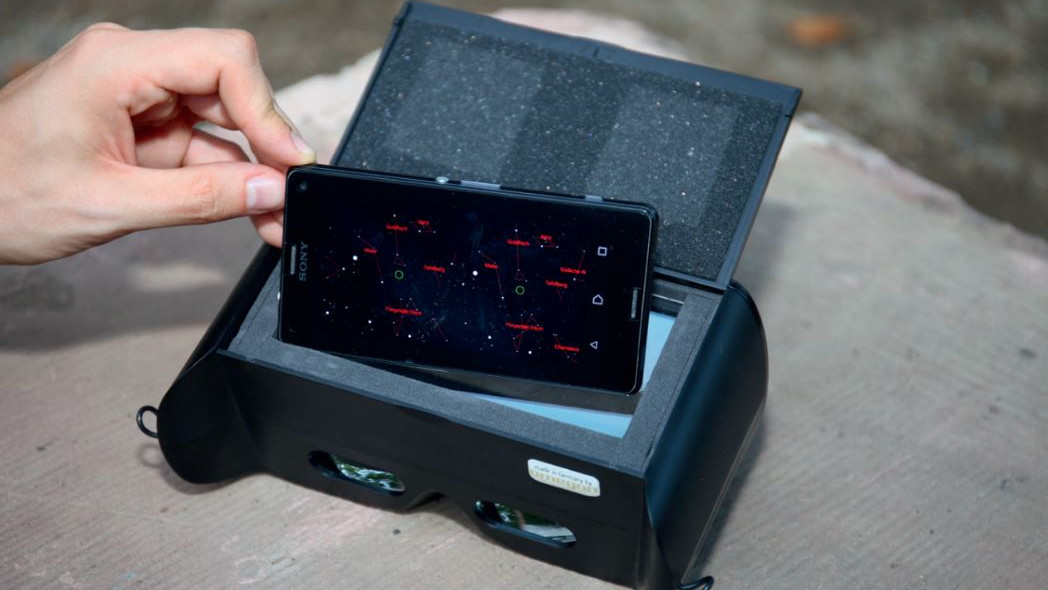
The program modes
Various observation modes provide a selection of options when viewing the sky. We begin with the starter mode, in which only stars and constellations are displayed.
Besides this main observation mode, there are also three other modes to choose from in the menu options: firstly the 3D mode, which not only projects the stars on a flat plane, but also displays depth according to their distance. This mode is particularly useful for getting a sense of distance, which you cannot otherwise experience with a simple observation.
You can search for specific celestial objects. A circle and a direction indicator appear in the field of view, which you simply have to follow to find the object in the sky. The quiz mode is similar, but here an object is selected by Universe2go, which you must then find in the sky. If you do not find it after three attempts, a new object is given and you can try again. Here, after finding a star, the constellation to which it belongs is highlighted. For more information, simply tap on the displayed name for around two seconds. This provides an audio explanation of the relevant constellation. More information about the stars is available in the discovery mode. When a star is located, an information window opens, displaying information about its distance, brightness, and colour. For very bright stars, there is also some audio data available. The mythology mode offers a very interesting perspective. Here, besides the actual constellations, illustrations are also displayed that represent the constellations. If the viewer is pointed at these, short narrated stories about the respective mythological figures are available.
The deep sky mode displays objects that are not always visible to the naked eye. These include galaxies, clusters, and nebulae. Here, too, you can retrieve additional information and an enlarged image of the object if you point at the object for a longer period of time. The last menu option is the expert mode, in which you can select the objects you want to see in the settings. Background music can also be disabled and an azimuthal and equatorial grid can be displayed.
First impressions
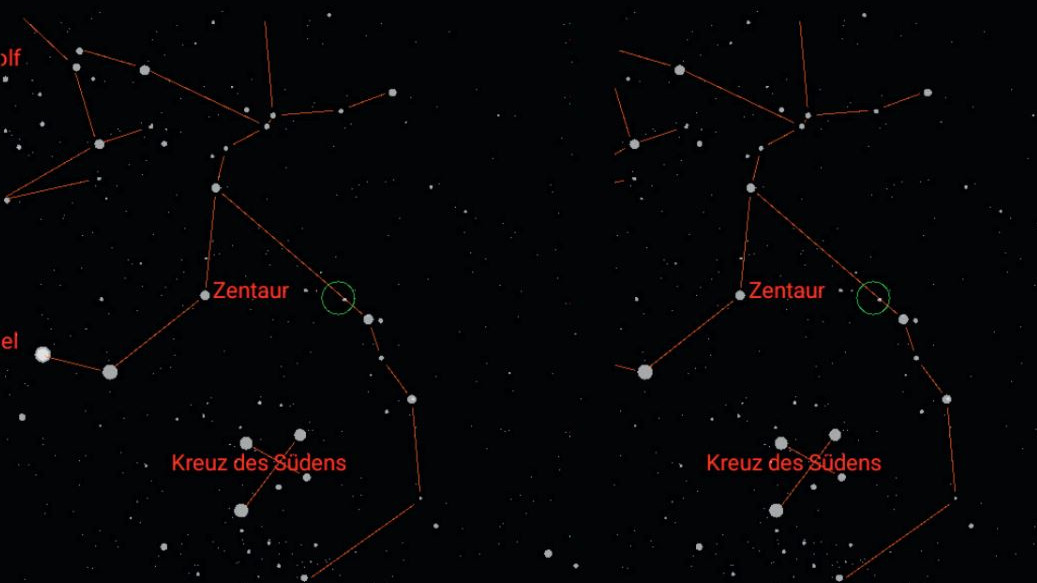
After opening the packaging, besides the viewer, which seems quite large at first glance, you will find inserts for fitting a smartphone, a carrying strap, a protective cover, and a short instruction manual. Before using the viewer for the first time, you will need to fit your smartphone. You’ll need some background light to do this.
Care must be taken to ensure that the smartphone is centred and secure for the best observation results. Once the device has been calibrated, it’s time to start. The start-up procedure very simple, a brief test can be carried out in a darkened room. After a short audio guide to the menu options, you are ready to explore the night sky.
In practice
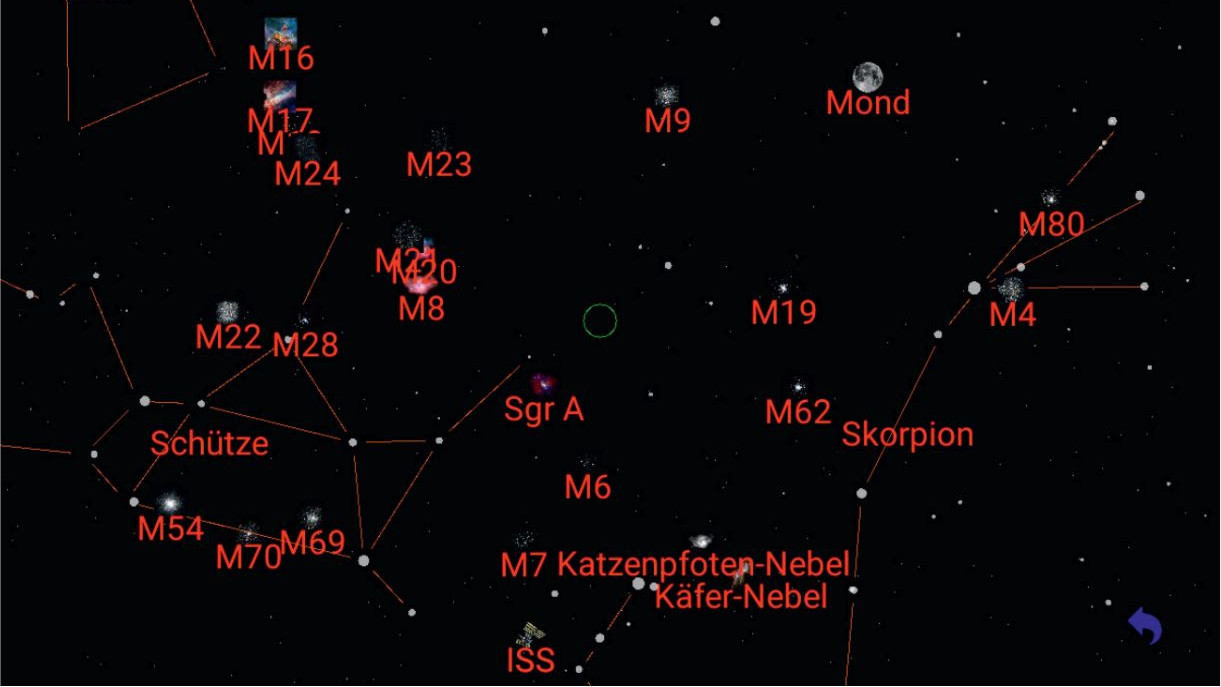
Once you are outdoors under the starry sky, Universe2go is quickly ready for use: simply open the app, insert your smartphone in the viewer and you are ready to start observing. Problems arise only rarely: during our test the star alignment had to be repeated twice, however this is easy to access via the menu and the smartphone does not have to be removed from the viewer in order to do this.
Observing itself is great fun. You can discover the entire night sky, and you know instantly which objects you are looking at – and whether they are planets, stars, or constellations. The mythology mode is especially interesting as it displays illustrations of the constellations, so that you can actually see the form that the constellations are said to represent. The audio information provided is also very useful.
In general, switching between modes is a lot of fun, so you can focus on constellations, stars, or even invisible objects. The presence of the search function is not to be underestimated; this is especially helpful for those who are not yet so familiar with the night sky. This option helps you to quickly locate important objects, such as planets in the sky. If you are only interested in the position of certain celestial objects, then Universe2go can be used when visibility is poor. However, the best experience is gained when you are under a dark sky far away from city lights, so that you can best combine your own visual impressions of the actual stars with the data projected by the viewer.
The only thing that takes a lot of getting used to is the hands-free menu operation. You must tilt your head downwards to activate it. Then you scroll through the menu using a cursor, which is again controlled by tilting your head, so it may take some time to work your way through the menus. This is quite straightforward for the main menu options, however if you want to change the settings in the expert mode, for example, you need time and finesse to master the required head movements. You can also adjust the screen brightness for different viewing locations by choosing between city, country, village, and dark location options.
However, the minimal brightness when selecting the city option is still very intense, so the projected stars often outshine the real ones and you have to look at the sky with the naked eye every now and then to maintain your view of the real stars. It should be possible to further reduce the brightness in one of the main settings, but this did not work properly in the test version of the app.
The bottom line
Universe2go offers a completely new perspective to anyone interested in the night sky. The application of augmented reality is perfectly suited to this quick and simple introduction to observing stars, especially for beginners. No prior knowledge or long preparation is required. You simply insert your smartphone, get going, and prepare to be amazed.
There are a variety of modes for not only finding and identifying stars, but also for directly obtaining further information and exploring objects that are not visible to the naked eye. This makes Universe2go a tool with which you can equally enjoy a quick glance at the sky or a long night of observation. It can therefore be warmly recommended by this author for beginners and more experienced celestial observers alike.
Comment
We would like to thank Mr. Fiebiger for this comprehensive test report and are very pleased that Universe2go is recommended to both amateurs and more experienced celestial observers. When developing the device, our goal was to introduce the night sky to a wider public, including people who have not yet had the time to engage with telescopes and celestial mechanics. But Universe2go has also found many fans among amateur astronomers who use the device not for orientation, but for a new way of experiencing the night sky. The direct connection between the real points of light in the night sky and projected images from the Hubble telescope, is endlessly fascinating - even for “old hands”.
We are constantly developing Universe2go. Since the software runs as an app on the users' smartphones, we welcome suggestions for improvements - such as brightness adjustment - which we can implement without cost and effort for the user, as well as new features that are continually being added. The control by head movement is innovative and therefore takes some getting used to, but has the big advantage that settings can be made without having to take the smartphone out of the viewer every time.
9.10.2015, Dominik Schwarz

